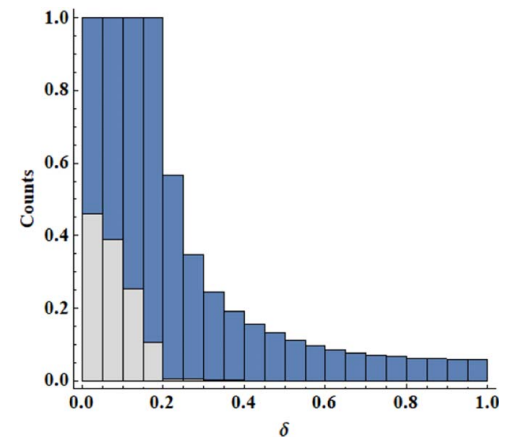

Pulsars with non-stopping pulsed emission
Radio pulsars are well known for their regular pulses. However, the pulsed emission from some radio pulsars can suddenly go off for a short period of time and come back on again, with this on-and-off repeating indefinitely. Known as pulse nulling, this phenomenon is relatively common in radio pulsars.
Observationally, it is hard to predict whether a newly discovered pulsar will exhibit pulse nulling or the emission from a currently emitting pulsar would not go off in the future. This is because pulsars that exhibit pulse nulling do not show unique properties that can be used to differentiate them from other pulse ‘non-nulling’ pulsars.
The researchers from Xinjiang Astronomical Observatory (XAO) of the Chinese Academy of Sciences (CAS) used simulation to investigate the properties of the non-nulling pulsars. It is based on simple assumption that the visible pulsed emission will cease when the density of the materials required for producing the emission drops to zero.
The study has been published in Research in Astronomy and Astrophysics.
The researchers found that pulsars with large profile width are mainly non-nulling. However, it changes as the profile width decreases, with their proportion reducing to roughly half.
From the traditional models, the profile width is related to the emission geometry. As a pulsar evolves, its emission geometry will change, and the profile width would likely change too.
The results indicate that pulse non-nulling is not a fixed phenomenon for a pulsar, but it changes with time as the pulsar evolves. This means that a pulsar exhibiting pulse nulling now may stop in the future, and vice versa.
The figure shows the relative proportion between the two types of pulsars for different normalized profile widths, or duty cycles.
Distributions of the pulse nulling (gray) and non-nulling (blue) pulsars for different duty cycles.
Contact: Rai Yuen
Xinjiang Astronomical Observatory, Chinese Academy of Sciences
Email: ryuen@xao.ac.cn
Article link: https://doi.org/10.1088/1674-4527/ad2ee0
Attachment Download: